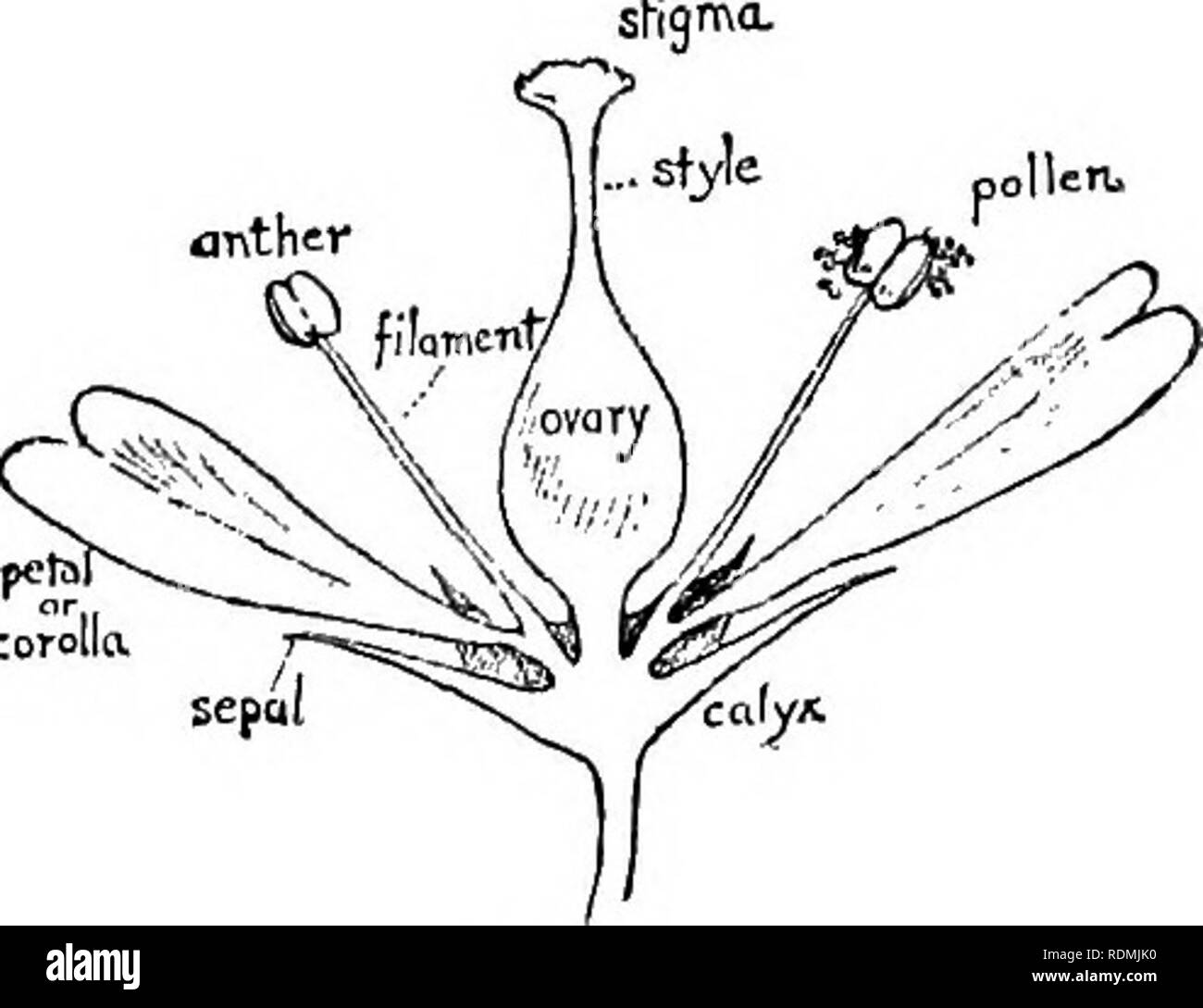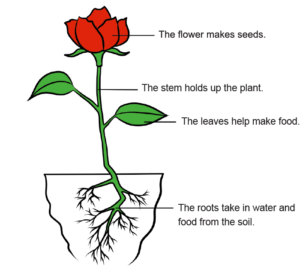
The petals are collectively known as the corolla. They are often bright in colour as their main function is to attract pollinators such as insects, butterflies etc to the flower.


Peduncle: This is the stalk of the flower.Others may contain one of the two parts and may be male or female.īefore getting into parts, understand the classification of Flowers here. Most flowers are hermaphrodite where they contain both male and female parts. The stamens are the male part whereas the carpels are the female part of the flower. Most flowers have four main parts: sepals, petals, stamens, and carpels. Anatomy of Dicotyledonous and Monocotyledonous Plants.Browse more Topics under Anatomy Of Flowering Plants Flowers are attractive and appear in different colours and shapes to attract pollinators who help in pollen transfer.

A flower is a characteristic feature of flowering plants and is actually an extension of the shoot meant for reproduction. Plants are majorly classified on basis of presence or absence of flower into flowering and non- flowering plants.


 0 kommentar(er)
0 kommentar(er)
